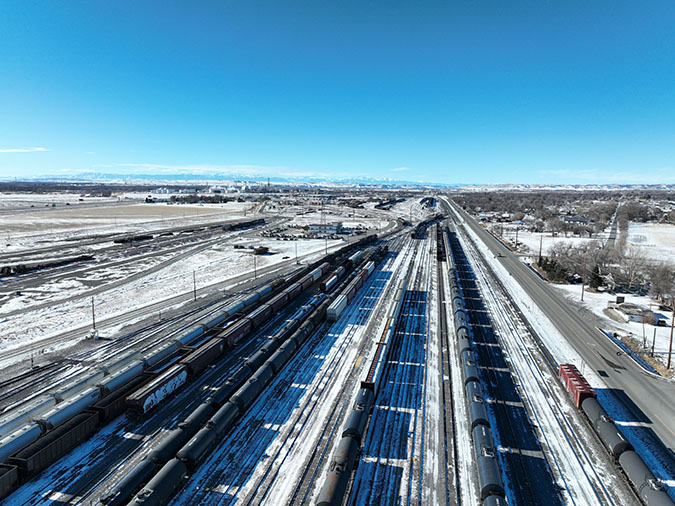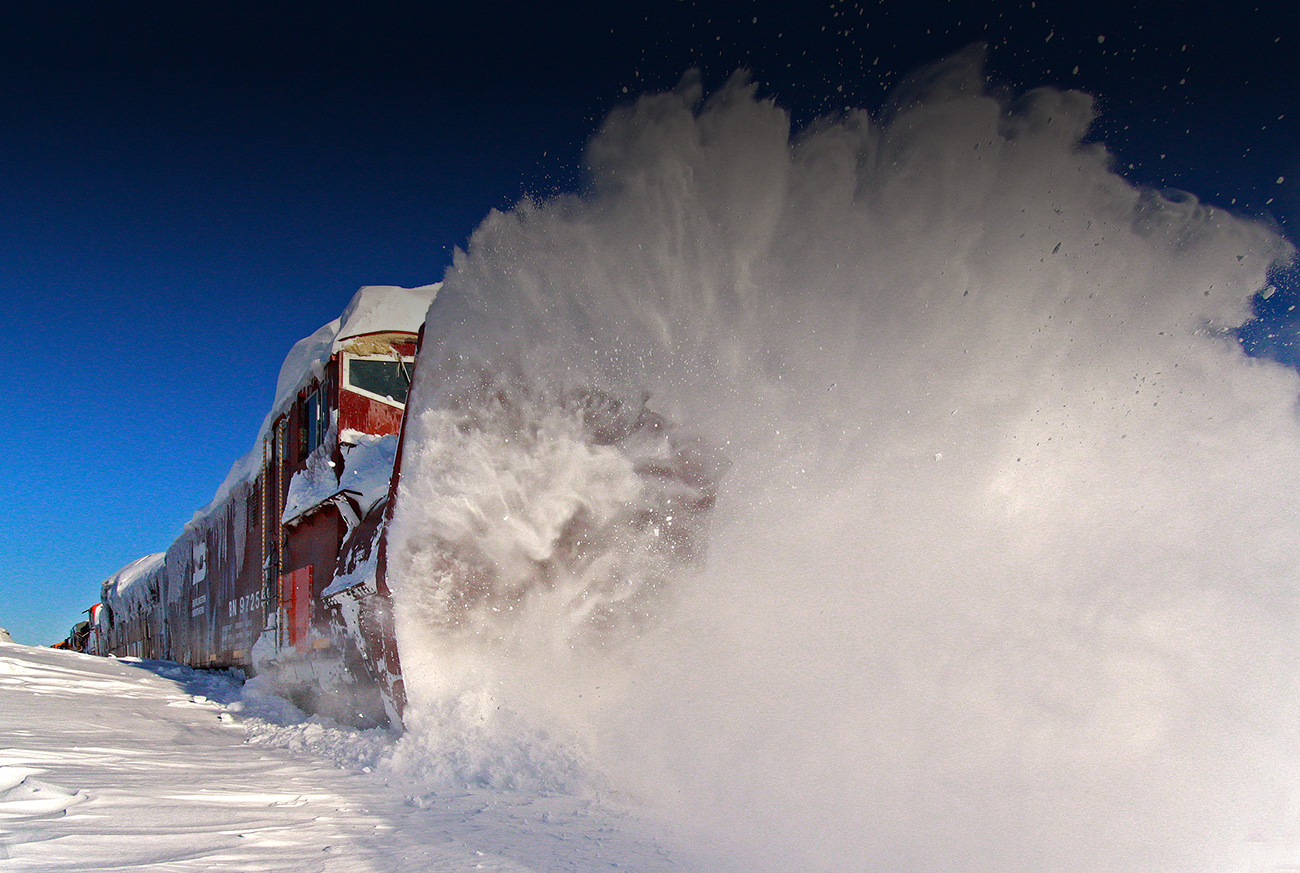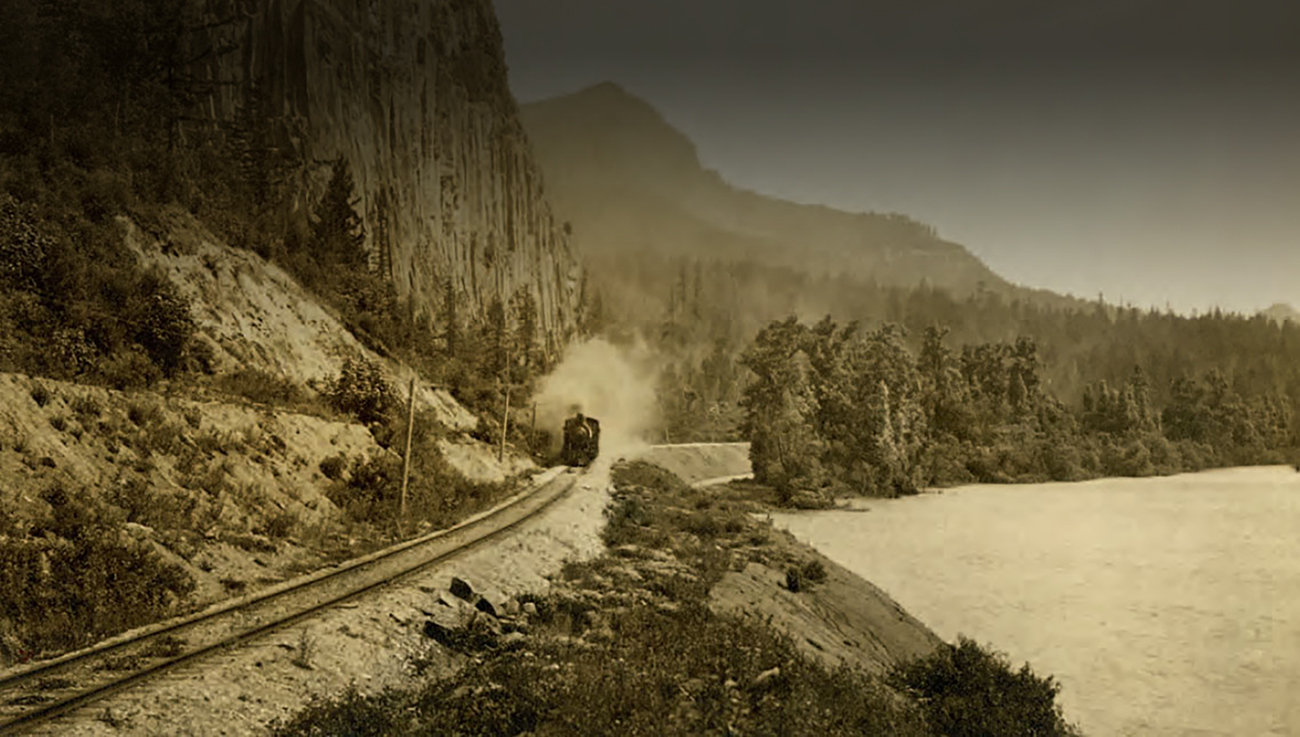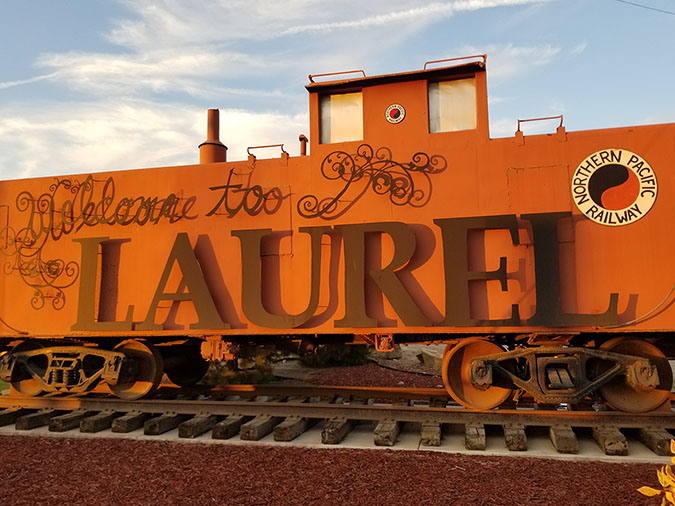
Laurel, Montana: Crossroads of opportunity
By EUNICE ARCHILA
Staff Writer
Nestled between the rugged Beartooth Mountains and the sweeping rimrocks north of the Yellowstone River, Laurel, Montana, was destined to become a railroad town even before the state entered the union. Its strategic location made Laurel a crossroads of opportunity, where early explorers, gold rush speculators and homesteaders laid the foundation that would shape the bustling town’s future.
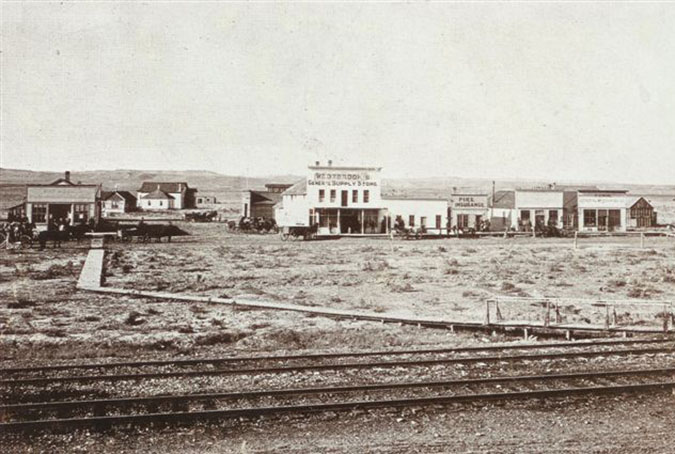
On July 24, 1806, Captain William Clark of the famed Lewis and Clark expedition camped at the mouth of the Clarks Fork River. The area would later become a transit point during the gold rush era as travelers passed through Laurel on their way to the Clarks Fork headwaters.
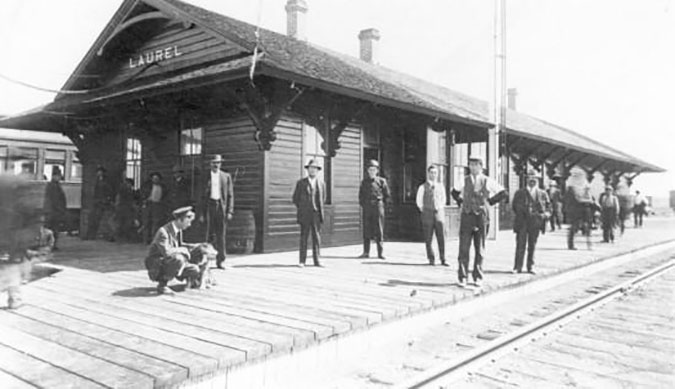
In the 1880s, homesteaders, dryland wheat farmers and ranchers began moving into the area. Originally named Carlton, the town was renamed Laurel in 1882 after a local railroad official suggested the change, inspired by a shrub that reminded him of his North Carolina hometown.
By 1884, BNSF predecessor Northern Pacific Railway (NP) completed the first transcontinental rail line through Montana, transforming Laurel into a key railroad hub. Officially incorporated in 1908, the town's population surged as railroad jobs attracted settlers looking for new opportunities. Businesses quickly sprang up along Main Street, close to the tracks, and Laurel became a critical terminal between St. Paul, Minnesota, and Seattle, Washington.
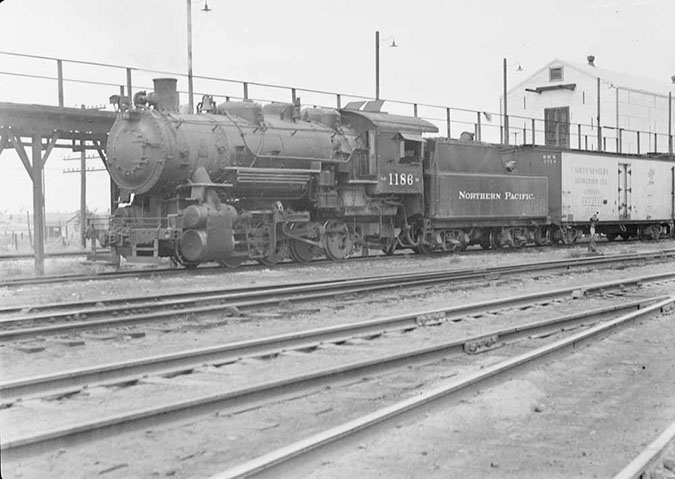
A roundhouse, machine shop, icehouse, loading docks and large water tank were built. This complex also included an area for livestock unloaded from railcars.
“Back in the day, you had to get ice from the railroads. Once the icehouse was no longer in use, the railroad decided to sell it. My father bought it, and we still have the original icehouse boards,” said Laurel Planning Director Kurt Markegard. “Another interesting fact is my father’s house was built by railroad lumber.”
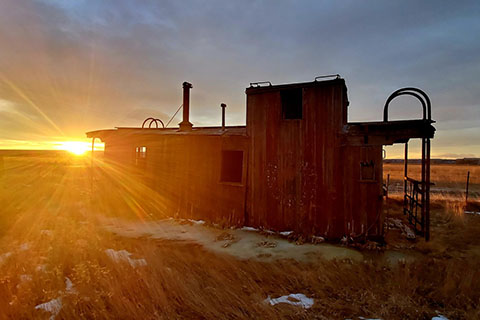
In the early 1900s, Laurel became the junction for three major railroads: Great Northern, Northern Pacific, and Chicago, Burlington and Quincy. From a population of about 200 in the 1880s, the town grew to more than 2,300 by 1920, largely due to the railroad industry. As a shipping and servicing center for NP, it became the largest terminal yard between Minneapolis and Seattle.
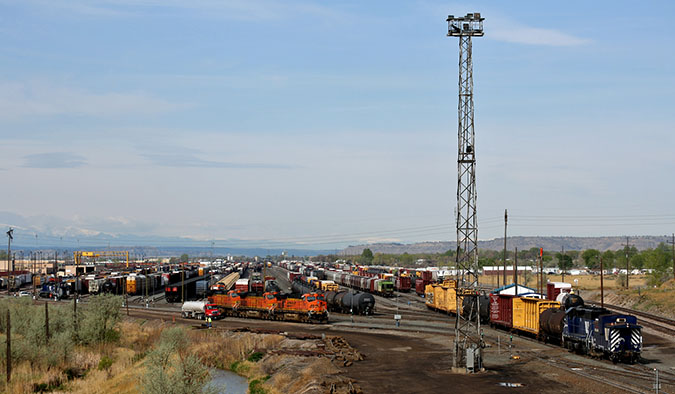
BNSF continues to be a major employer in the area, along with the Cenex Harvest States Refinery, reinforcing the town's enduring connection to the railroad. All around Laurel, the railroad’s historic influence can still be seen. Residents have recycled lumber the railroads discarded to build homes, and even materials from old cabooses are repurposed throughout the town.
In 2025, the railroad's presence still touches many aspects of life in Laurel. From the "Welcome to Laurel" caboose proudly displaying NP logos, to Laurel High School’s mascot the Locomotives, to the Locomotive Inn, the town embraces its railroad heritage. With an important BNSF railyard, the town plays a crucial role in Montana’s economy and transportation network, as it has for more than a century.
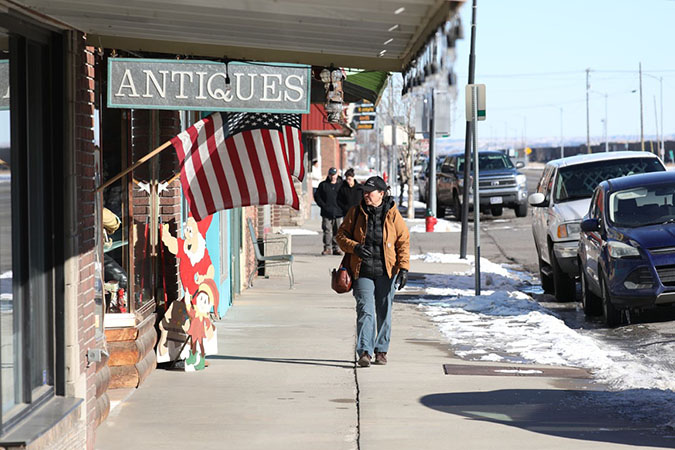
Laurel’s ideal location makes it easy for travelers to access both its historical landmarks and nearby recreational attractions. The tracks that run through the heart of town remain a beautiful and constant reminder of Laurel’s deep railroad history.
